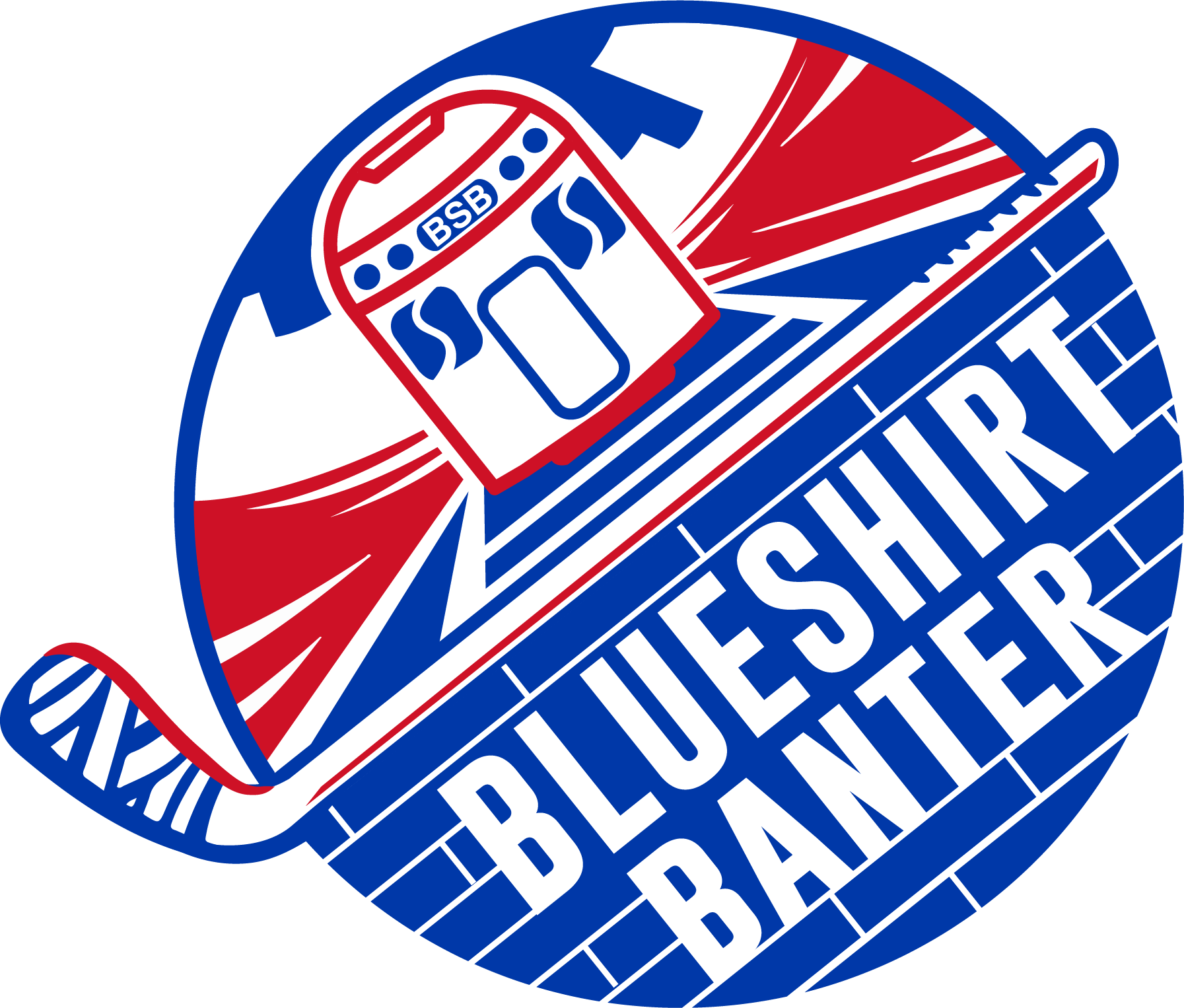Artemiy Panarin Posts Statement Regarding Return to Play, Escrow, and Hub Cities
Artemiy Panarin’s MVP level play this season led to him receiving a lot of attention on social media, but on Thursday the Breadman generated buzz for a different reason. The Rangers’ star forward released a statement on Instagram which he later shared on Twitter regarding the league’s return to play plan, hub cities, escrow, and more.
— Artemiy Panarin (@artemiypanarin) June 25, 2020
As of this writing, the league is still mulling over where the season will resume, and it is expected that a resolution on hub cities will come soon. New York City, which was a hot spot at the beginning of the Coronavirus pandemic, was not part of the league’s initial list of hub cities.
Here are where things currently stand according to Pierre LeBrun.
With the Vancouver Hub city bid having hit a setback in talks with provisional health authorities, sources confirm the NHL has commenced more detailed conversations with the Edmonton and Toronto bids to see where that goes. Vancouver isn’t totally out, but the focus shifted 1/2
— Pierre LeBrun (@PierreVLeBrun) June 25, 2020
Panarin also mentioned the concept of escrow, and the players not wanting to report to camp without having an agreement in place. The concept is one that is talked about a lot, and one that also gets misunderstood.
Blueshirt Banter’s own Shayna Goldman tackled this topic, and more, at Hockey-Graphs.
Essentially, the league collects a percentage of player salaries into an escrow account throughout the season. All active players still under a Standard Player Contract are subject to this collection. The rate that is collected is determined at the start of the regular season and is subject to three adjustments, at the conclusion of the first-, second-, and third-quarters of the season.
Teams withhold the specified amount of a player’s cumulative salary and bonuses in each pay period (players are paid on a bi-weekly basis, which equates to 12 paychecks a season), that is calculated by multiplying a player’s earnings by the applicable escrow percentage for that period. Escrow is not directly deducted from a signing bonus payment though, the amount due from those bonuses is taken off salary payments throughout the season.
Escrow funds are still withheld on buyouts, but not on deferred salary or deferred bonuses. Performance bonuses are assessed separately, and escrow deductions are made based on the likelihood of them being earned.
Throughout the season, escrow continues to accumulate; then, at the end of the season, the deviation between the projected and actual HRR is determined so that funds held in escrow can be dispersed to the players or the owners such that a 50/50 split in revenue is achieved.
Given the way the league operates, not finishing the regular season, playing the playoffs in empty arenas, and potentially having no fans in the stands to start the 2020-21 season will not be good for HRR, and therefore the players will be contributing a larger portion of funds into escrow to maintain the 50-50 balance between them and the owners.
It sucks for the players, but the mechanism is something that’s been in place for years.
According to Larry Brooks of the New York Post, the NHLPA will be voting on a proposal soon which could change this 50-50 split.
The full NHLPA membership will vote on a comprehensive Return to Play proposal that would include a CBA extension as well as coronavirus-related protocols for training camp (Phase 3) and the projected summer Stanley Cup tournament (Phase 4) once ongoing negotiations between the league and the union conclude, The Post has learned.
Later on in the story Brooks writes;
Sources have indicated that the CBA proposal includes a cap on escrow on a delinked flat cap expected to come in around $83 million for at least three seasons as the parties attempt to deal with the economic issues caused by the pandemic. That number could be subject to change. We are told that excess would roll over for the first two or three years but that a hard cap on escrow would be gradually introduced over the life of the extension.
This is of major interest to someone like Panarin, as he is one of a few big name players set to receive a massive July 1 bonus.
There is some pressure for owners and players to have framework in place considering the millions of dollars due in signing bonus money, mostly on July 1st. Panarin, Matthews, Marner, Bobrovsky among those with heavy signing bonuses. #NHL #NHLPA https://t.co/WbQZPxEbiT
— Andy Strickland (@andystrickland) June 23, 2020
There is no doubt that the players would likely prefer to pay back their escrow over multiple years as opposed to one giant upfront payment, but that is something that is likely still being discussed.
The collective bargaining agreement between the league and the NHLPA is set to expire after the 2021-22 season, and there are a number of big events which will play a role in negotiations. The league’s new American TV deal, and Seattle joining the league are two big financial events, and ones that could ultimately make up some of the lost revenue due to COVID-19 as opposed to what was expected to be an economic gain. All of these factors could change how the NHLPA decides to negotiate the next CBA, and more specifically what elements they decide to prioritize.
With that said, I am interested to see if other players speak out, if the New York Rangers have a response of some kind, and what comes next especially given the report that the players could be extending the current CBA.



